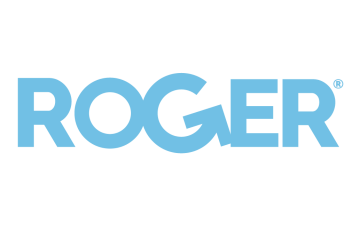Four pair of shoes, two exactly the same shirts in different sizes, and that pair of jeans you are not yet sure about. With free returns, online shopping has never been this easy before. Afterall, you can return everything you do not want for free.
E-commerce is rapidly growing, and so is the amount of packages which are returned. According to research by parcel company DPD, almost one out of every ten packages will be returned. The return percentage is most striking in the fashion industry, where over half of the items get returned at ecommerce giant Zalando. However, this might be about to change. Reverse logistics is having a big impact, both from financial and sustainable perspective, slowly feeding the discussion that something has to change
The return process only starts at the moment you drop your package at your local post office. The package has to be returned to the distribution centre of the web-shop, where it has to be documented, checked and re-packed manually. Something many people do not realise, is that many of these returned items never become available for sale again. Even minor issues, such as the smell of perfume on clothing, a small stain on a pair of shoes or using ducttape to seal the package make perfectly good products unsaleable.
Journalists of the Dutch national broadcasting found that the average costs of handling a product returns are about €12,50. This is only for handling the return, and exclusive any extra costs related to a decreased sales price, or scrap costs. How long can webshops continue with this business model? Zalando was forced to send out 2 profit warnings only in 2018, and Dutch e-commerce giant Wehkamp suffered a loss of €60 million, partly due to product returns.
Though product returns can and will not be solved in one day, companies are coming up with smart ideas to turn the tide. With the following strategies, product returns are expected to decline in the near future.
1. Providing better customer information
The main reasons for customers to return their item, is because the actual product is different than expected. Providing detailed, correct and realistic product data to the customer is key. Fashion retailers, such as Asos, start providing high quality images and catwalk videos of models wearing clothing on their website. Enabling customers to see how the product fits on an actual model leads to more realistic expectations. This initially high investment is saving money on the long term due to lower return rates.
Another example of this is Dutch webshop Coolblue, who provides technical instructions when you place an order, and the results are striking. Customers tend to overestimate their technical expertise, for example when installing a new hard drive on your computer. Since Coolblue started with this project, returns of these items have been reduced by over 50%.
2. Coercive measures
Coercive measures are coming up to stop ‘serial returners’. The famous Pareto principle also goes up for product returns; only a minority of the customers cause the majority of product returns. To solve this problem, a practice named ‘blacklisting’ is proposed more and more often. With blacklisting, customers who have returned an extreme amount of products in the past no longer get served. Fashion brand Esperit announced in 2016 that it will place customers who return over 90% of their last 16 orders on an internal blacklist, and stop serving them[. Other webshops, such as Amazon, are taking similar measures.
Another coercive measure is currently being tested by Berlin-based webshop Zalando, which is experimenting with product tags to prevent ‘wardrobing’, a form of return fraud whereby an item is purchased for single use, and then returned[. The product tags, which measure 10cm by 15cm, are too big to hide. If the tag is removed from the item, Zalando no longer accepts the item and customers do not receive their money.
3. Stopping free returns
A logical
solution would be to charge money to return products. The basic economical
principle tells us that customers (strongly) react to price incentives.
Therefore, this solution might be effective to prevent returns. However, none
of the major webshops has dared to charge their customers money for product
returns up till this moment. Webshops are still focussing on exponential growth
to gain and protect a major market share in the retail industry.
Though many companies opt for a different strategy, the red line is that product returns have gotten the attention from businesses and start to develop innovative solutions. Chances are that product returns will be part of your future job as supply chain professional, or at least next time you make the walk to the post office, you know what happens next.

0 Comments